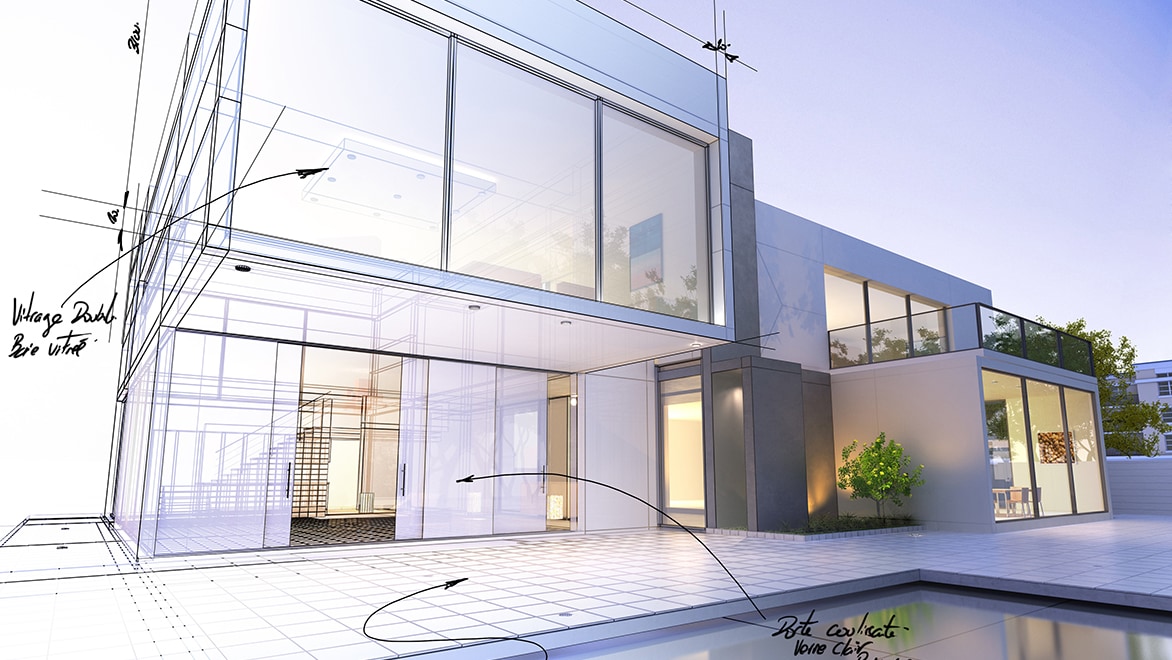Just How CDA Architects Incorporate Creative Thinking and Capability in Modern Style
Just How CDA Architects Incorporate Creative Thinking and Capability in Modern Style
Blog Article
Comprehending the Collaborative Process Between Designers and Designers in Modern Building And Construction Projects
The collective procedure between engineers and designers is essential in modern building and construction tasks, as it harmonizes design intent with engineering usefulness. Checking out these characteristics discloses understandings that could substantially affect project outcomes and general market criteria.
The Significance of Partnership
The joint synergy in between architects and engineers is essential for the successful realization of any kind of building project. This collaboration unites distinctive know-how and viewpoints, allowing the combination of cutting-edge design with sensible design remedies. By interacting, architects and engineers can guarantee that a task not just fulfills visual and practical needs but also adheres to security, sustainability, and budgetary restrictions.
Collaboration fosters a shared vision, assisting in the placement of goals and assumptions from the beginning. This placement is vital in resolving potential difficulties and mitigating dangers that can develop throughout the project lifecycle. Furthermore, a collective technique permits the reliable allowance of sources, maximizing both time and price.
The value of cooperation reaches the repetitive procedure of layout and construction, where responses from engineers can inform building decisions, leading to more viable and sustainable styles. Conversely, designers can inspire engineers to assume creatively regarding exactly how to attain structural integrity without endangering imaginative intent. Inevitably, the collective connection between designers and designers is not merely advantageous; it is basic to the production of high-quality, useful, and innovative constructed atmospheres that fulfill the demands of culture.
Interaction Methods and Tools
Efficient communication strategies and tools are crucial for promoting partnership between architects and designers throughout the job lifecycle. Establishing clear channels of interaction is essential to make certain that all staff member are aligned with project goals, timelines, and duties. Normal conferences, both in-person and virtual, offer possibilities for stakeholders to talk about progress, address issues, and make informed decisions.
Using job monitoring software program, such as BIM (Building Information Modeling) systems, enhances cooperation by enabling real-time sharing of layout modifications and technological specifications. These devices assist in transparency, enabling engineers and designers to imagine adjustments and analyze their effect on the general project.

Shared Objectives and Project Vision

Establishing common objectives includes open discussion and a comprehensive understanding of each technique's payments. Designers generally concentrate on design intent, spatial relationships, and customer experience, while engineers emphasize architectural stability, systems functionality, and conformity with policies (cda architects). When these point of views are straightened, the result is a natural task that sticks to both creative desires and technical feasibility
In addition, a distinct task vision cultivates responsibility amongst employee, urging each individual to take possession of their role in attaining the preferred result. Normal check-ins and joint workshops can further reinforce this commitment, enabling for modifications to be made as the project advances. Eventually, a shared vision not just boosts team effort however also boosts the quality of the last deliverable, leading to effective job conclusion.
The Role of Technology
Leveraging modern technology has come to be crucial in boosting collaboration between engineers and engineers. Building Info Modeling (BIM) stands out as a pivotal technology, enabling both engineers and designers to create in-depth 3D designs that envelop style intent and structural stability.
Furthermore, cloud-based platforms make it possible for seamless partnership, permitting project stakeholders to access and update task information from anywhere. This promotes a culture of transparency and accountability, as changes can be tracked and assessed in real-time. In addition, mobile applications further boost communication, giving on-site groups with prompt access to job specifications and updates.
Arising innovations such as expert system and artificial intelligence are also beginning to play a function in anticipating evaluation, helping teams determine prospective problems prior to they arise. Eventually, the role of technology in architecture-engineering collaboration Your Domain Name not only boosts operations performances but also boosts advancement, resulting in even more effective job end results. By accepting these technical innovations, architects and designers can guarantee a more natural and efficient collective process throughout the construction lifecycle.
Study in Successful Collaborations
Various study illustrate the extensive influence of effective partnerships in between architects and engineers on job end results. One remarkable example is the partnership on the High Line in New York City, where landscape designers, designers, and urban coordinators interacted to transform a deserted rail line into a dynamic public park. This multidisciplinary technique not only improved the visual high quality however likewise made certain architectural safety and security and environmental his explanation sustainability.
An additional exemplary case is the style and construction of the Sydney Music Hall. The collaboration between engineer JÃ ¸ registered nurse Utzon and structural designer Ove Arup exemplified cutting-edge analytical. Their partnership enabled the iconic shell-like layout while addressing intricate engineering obstacles, eventually causing an ageless architectural work of art.
The Burj Khalifa in Dubai additionally demonstrates the relevance of joint initiatives. cda architects. The combination of design and design expertise made it possible for the job team to attain unprecedented elevations while adhering to security regulations and visual vision
These instances emphasize the value of communication, trust fund, and shared goals. In click here now today's complex construction atmosphere, such collaborations are necessary to navigating obstacles and providing projects that satisfy both practical and visionary objectives.
Final Thought
In conclusion, the cooperation between architects and engineers is necessary for the success of modern construction tasks. Reliable communication techniques, a common project vision, and the integration of advanced technologies are crucial components that promote this collaboration. By fostering a society of responsibility and leveraging devices such as Building Info Modeling (BIM), teams can navigate task complexities, making sure that aesthetic, practical, and sustainability objectives are accomplished. Ultimately, this harmony leads to cutting-edge and successful project results.
Report this page